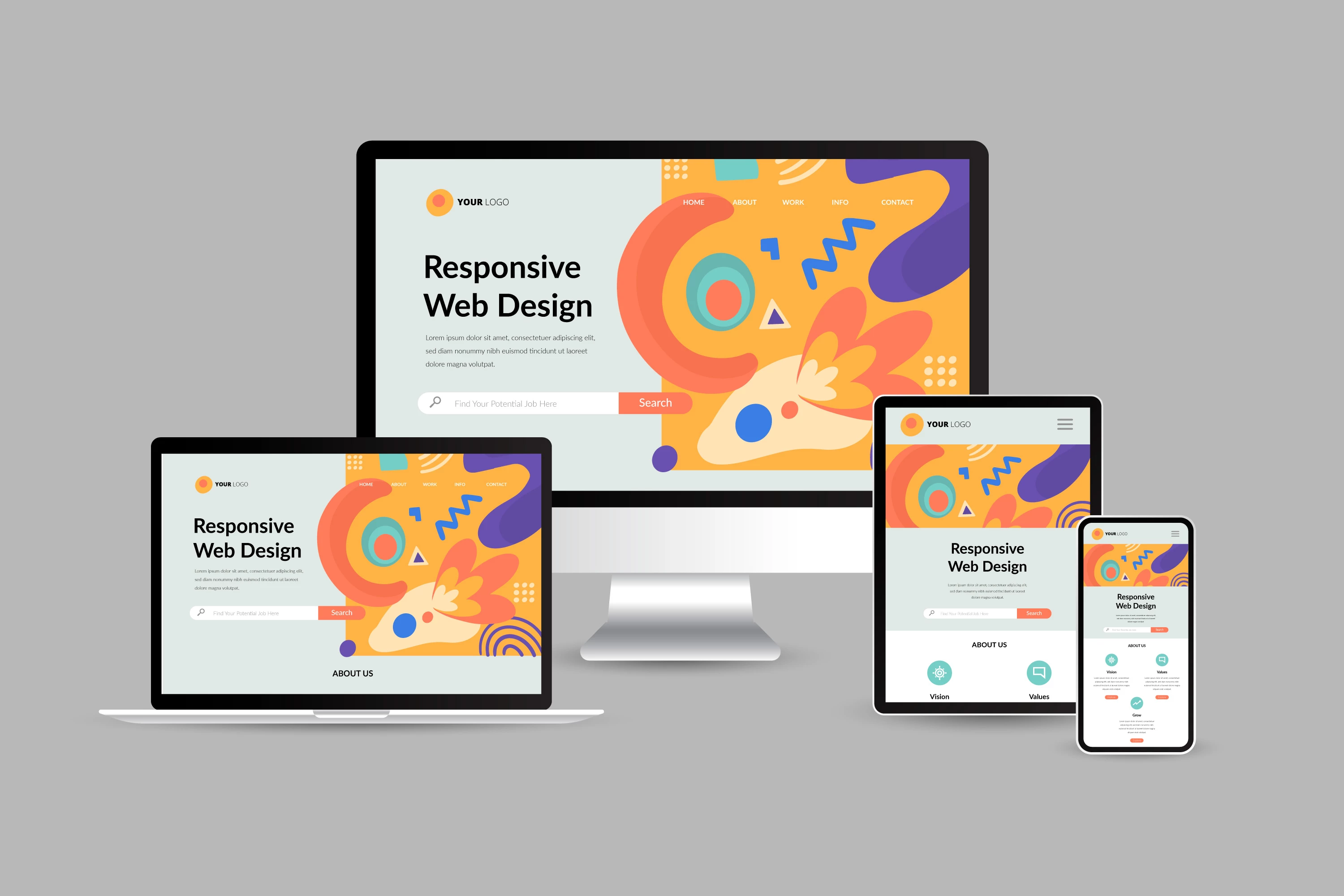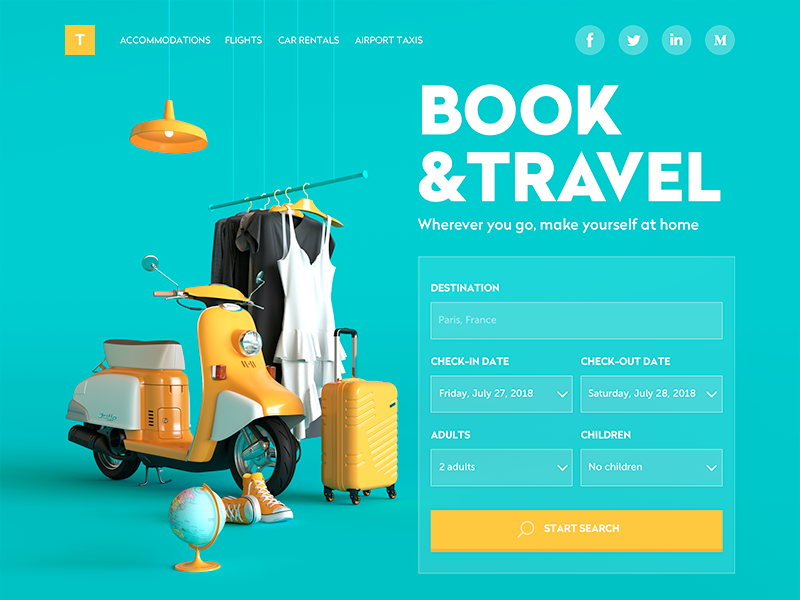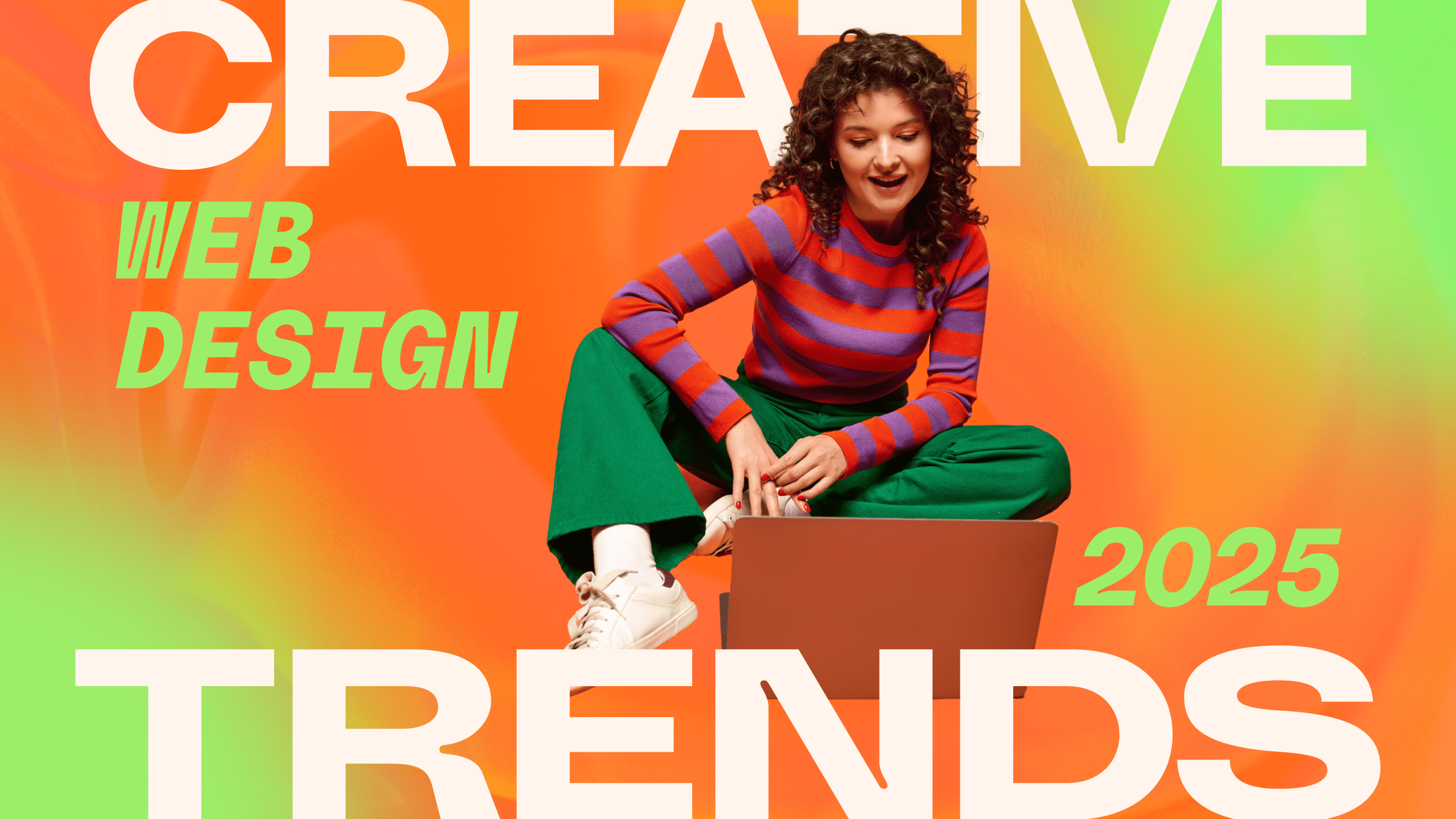The Most Effective Sorts Of Website Design to Boost User Experience and Involvement
In the ever-evolving landscape of digital interaction, the effectiveness of Web design considerably affects customer experience and involvement. Various design approaches, such as minimalist, responsive, and interactive designs, each offer special benefits that can provide to varied user demands.
Minimal Web Style
As electronic landscapes end up being significantly cluttered, minimal Web style has actually become a powerful technique to enhancing user experience. This design philosophy focuses on simpleness, focusing on essential elements while eliminating unneeded diversions. By using enough white room, uncomplicated navigating, and a restricted color scheme, minimalist style promotes clarity and directs customer interest to key web content.
The core concept of minimalist Web layout is to produce a smooth communication for individuals. By decreasing cognitive load, customers can quickly comprehend info without feeling bewildered. This direct strategy not just enhances usability but additionally encourages involvement, as visitors are most likely to check out a website that is visually enticing and simple to browse.
In addition, minimal layout usually emphasizes typography and images, making use of these components purposefully to convey messages successfully. In significance, minimal Web design is not simply a fad; it is a thoughtful methodology that acknowledges the value of user-centered layout.
Receptive Web Style
In today's varied electronic setting, receptive Web layout has actually become vital for producing a smooth customer experience throughout a wide variety of devices. As users gain access to web sites on mobile phones, tablet computers, laptops, and desktops, the capacity of a website to adjust its format and content to different screen dimensions and resolutions is crucial.
Responsive website design utilizes versatile grids, images, and CSS media inquiries to make sure that Web content is provided ideally, no matter the device used. This approach not just enhances the aesthetic allure of a web site but also significantly improves use. Customers are most likely to engage with a website that offers a regular experience, as it removes the stress of needing to focus or scroll excessively.
By adopting receptive design, companies can boost their presence and get to a broader audience. In summary, receptive Web design is an essential technique that improves individual experience, involvement, and general complete satisfaction.
Interactive Web Layout
Responsive Web layout prepares for improving individual experience, however interactive website design takes this an action even more by engaging customers in a more dynamic way - Aligned Position Web Design. By including aspects such as animations, clickable prototypes, and real-time comments, interactive Web design captivates individuals, drawing them right into a richer browsing experience
This technique not only cultivates engagement however also motivates individuals to check out material proactively instead of passively consuming it. Methods such as gamification, where customers make incentives for finishing tasks, can substantially enhance the time invested in a website and boost overall fulfillment. Furthermore, interactive features can simplify complex information, making it a lot more digestible and satisfying.

Incorporating interactive style elements can likewise lead to greater conversion rates, as users are most likely to engage with a site that actively involves them. Aligned Position Web Design. Eventually, interactive website design changes individual experiences right into memorable trips, guaranteeing that site visitors return time after time
Apartment Design
Identified by its minimalistic method, flat layout emphasizes simpleness and capability, removing unnecessary components and concentrating on vital features. This style ideology prioritizes use, making sure that users can navigate interfaces easily and effectiveness. By utilizing a tidy aesthetic, level style eliminates the mess typically located in extra elaborate styles, thereby enhancing individual concentrate on material and capability.
The hallmark of flat style hinges on its use vibrant shades, easy typography, and geometric shapes. These components add to an aesthetically attractive user interface that is both friendly and modern-day. Furthermore, level design cultivates a sense of clearness, enabling users to determine vital why not find out more actions and details without disturbance.
Moreover, flat design is specifically effective in responsive Web style, as its simplicity equates well across various gadgets and screen sizes. The absence of intricate textures and slopes lessens loading times, which is crucial for keeping individual involvement. As digital landscapes proceed to advance, flat layout stays an appropriate choice for creating imp source easy to use websites that enhance overall experience. By concentrating on crucial functions, flat layout not just meets customer needs yet likewise motivates seamless interaction, making it a crucial component of efficient Web style methods.
Adaptive Web Design
Adaptive Web layout customizes the user experience by creating multiple dealt with designs customized to various screen dimensions and tools. Unlike receptive style, which fluidly changes a single format, flexible layout uses distinctive formats for certain breakpoints, making certain optimum discussion on different systems. This approach permits designers to concentrate on the special qualities of each gadget, boosting functionality by supplying exactly what users require based on their context.
Among the primary benefits of flexible website design is its ability to maximize tons times and performance. By offering customized content and photos that fit the user's tool, web sites can lessen data use and boost loading rates. This is especially useful for users with slower links or minimal data strategies.

In addition, adaptive layout facilitates a more consistent and regulated branding experience. Since designers create multiple designs, they can ensure that the aesthetic elements straighten with the brand's identity throughout different systems - Aligned Position Web Design. This causes a natural individual experience, improving involvement and advertising user retention
Conclusion
Finally, the integration of minimal, responsive, and interactive Web layout concepts substantially boosts customer experience and engagement. Minimal layout promotes quality and emphasis, while responsive style guarantees flexibility throughout numerous tools, advertising accessibility. Interactive layout astounds individuals with vibrant components, encouraging expedition and customization. Collectively, these design approaches add to view the production of user-friendly environments that not just enhance contentment yet additionally drive higher conversion rates, underscoring their important relevance in modern Web design strategies.

Minimalist layout promotes quality and emphasis, while responsive style guarantees versatility throughout numerous gadgets, promoting access. Collectively, these layout comes close to add to the creation of straightforward settings that not just boost contentment but likewise drive higher conversion rates, emphasizing their crucial importance in contemporary Web design methods.